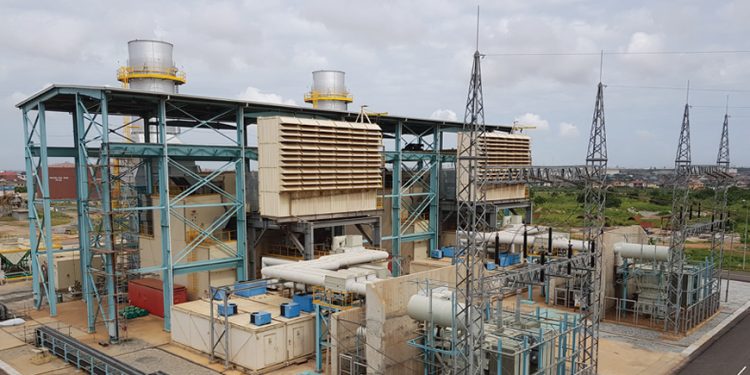Power generation deficit hits domestic supply and exports – IES
The Institute for Energy Security’s(IES) analysis of Ghana’s power data from September 1 to October 27, 2024, reveals significant, persistent shortfalls in meeting daily peak demand.
IES contends that these deficits are disrupting domestic energy stability, limiting electricity exports to neighbouring countries, and necessitating power imports from Côte d’Ivoire to cover the gaps in local generation.
The dataset indicates daily power generation consistently falls short of the system peak demand, which is approximately 3,700 megawatts (MW).
With an average generation of around 3,000 MW, the deficit reaches about 700 MW each day.
This persistent gap points to possible underlying issues, such as limited generation capacity, resource constraints, or operational policies focused on specific efficiency standards.
As a result, Ghana struggles daily to meet its full energy demand, leading to measures like load shedding and prioritizing essential services over widespread access.

Patterns and anomalies in demand satisfaction
The dataset consistently reveals that power generation falls short of demand, with no days of surplus production.
Occasionally, on days like October 7, 2024, generation levels near peak demand, suggesting Ghana’s power infrastructure can marginally increase output under certain conditions.
However, these instances are infrequent, underscoring the limited flexibility in the current power generation system.
This pattern indicates a gap between Ghana’s dependable capacity—estimated at nearly 5,000 MW—and actual generation, largely due to forced plant shutdowns, fuel supply issues, debt, and other constraints that restrict the effective use of existing infrastructure.
Magnitude and frequency of shortfalls
The consistent frequency and size of the generation shortfalls compared to peak demand are significant, with daily gaps ranging from 700 to 1,000 MW.
This ongoing deficit points to deeper structural challenges within Ghana’s power generation capacity.
These persistent shortfalls limit Ghana’s ability to maintain reliable electricity exports, as scarce domestic supply forces a reallocation of resources intended for export to cover local demand.

Fluctuations in power generation
While Ghana’s power generation shows some day-to-day fluctuations, they remain within a relatively narrow band (2700 to 3200 MW). The narrow range of these fluctuations implies a stable, albeit limited, generation framework that lacks the flexibility to rapidly scale production up or down based on daily demand variations. This stability, while avoiding extreme volatility, indicates constraints in the system’s ability to dynamically respond to shifts in both peak demand and export opportunities, which hampers operational efficiency and responsiveness.
Impact on exports to neighbouring countries
The relationship between power generation levels and export quantities underscores the limitations in Ghana’s ability to reliably serve external markets such as Togo, Burkina Faso, Benin, and La Cote d’Ivoire. Exports generally fluctuate between 100 and 400 MW and seem positively correlated with days when generation is closer to peak demand. However, the shortfalls in meeting domestic demand necessitate prioritizing local consumption, often resulting in reduced export volumes. This trend suggests that while exports are still maintained, they are subject to reductions to stabilize Ghana’s internal electricity needs. The data shows a gradually declining trend in exports to the neighbouring countries over the period analysed. The frequent adjustments to export levels may affect Ghana’s trade relations with neighbouring countries, as the inconsistency could influence these partners’ energy security and planning.

According to IES, analysis of Ghana’s power generation data shows consistent shortfalls, averaging 700 to 1,000 MW daily, against a peak demand of 3,700 MW.
These shortages not only strain domestic supply but also disrupt electricity exports to neighboring countries. During periods of reduced generation, such as September 12-17, 2024, power exports to Côte d’Ivoire were halted, and exports to Togo-Benin and Burkina Faso sharply reduced.
From September 18 to October 7, 2024, Ghana imported 1,605 MW of power from Côte d’Ivoire to meet daytime demand—an unusual measure highlighting local generation challenges.
The data underscores the need for strategic action to expand generation capacity, better utilize dependable capacity, or adopt demand management to close the persistent gap.
The limited flexibility of Ghana’s generation system suggests operational adjustments are needed to respond dynamically to fluctuating demand.



